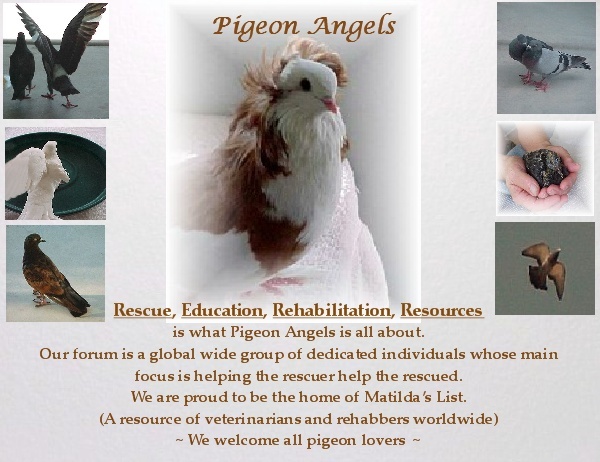This is one of the pages from the above link:
Home to Wingwise
Health: Avian Clinical Diagnostics
There are a number of diagnostic tests that can be run to evaluate a bird's health. Some avian practices have extensive in-house laboratories and others send samples to outside labs for evaluation.
Biochemistry: These tests are performed on blood serum and evaluate important body functions. The classic avian biochemistry panel is AST, GLU, CA, CHOL, CK, URIC and ALB.
CBC: Done on a small sample of blood, the complete blood count includes an estimated white blood count, PCV and TP. The red blood cells should also be evaluated and the smear checked for blood parasites.
Chlamydophila Testing: These tests evaluate for chlamydophila organism that causes psittacosis. There are a number of tests out there but none of them is definitive, so they are most valuable when run in combination and along with other diagnostics.
* Immunoassays like the enzyme-linked Chlamydia ELISA detect the shedding organism. False positive results can occur due to fecal bacterial contamination of the sample.
* Serology such as the CF, LA, EBA measure the bird's immune response to chlamydophilia.
* Cell Culture is the actual growth and identification of the chlamydophila organism on special mediums. This test is currently the *gold standard* because false positives are unlikely. On the other hand, false negatives can occur, the test is costly and results take a number of weeks.
* DNA/PCR testing looks for presence of target nucleic acid from the chlamydophila organism. These tests have the highest sensitivity and specificity and may be the new *gold standard* in the future.
Cytology: Smears of tissue and fluid can be stained, examined and evaluated microscopically.
Direct Fecal: To get an impression of the gut flora and look for parasites.
Fecal Gram stain: Fresh feces are smeared on a glass slide, fixed, stained and evaluated under the microscope. This gives a general impression of the type and concentration of gram+ and gram- organisms in the sample.
Microbiology: Samples are taken on a sterile swab from various sites, inoculated on growth mediums, incubated, then evaluated for subsequent bacterial and fungal growth. The crop, choana, cloaca and feces are examples of sampling. If bacteria or fungus grows on the culture, it is identified. An antibiotic sensitivity is done on bacteria that is pathogenic in type and/or density of growth to help determine the correct therapy.
Radiology: X-rays can help in the evaluation of many things such as; size and relationship of the internal organs, presence of foreign bodies, fractures of the bones, condition of the respiratory system and soft tissue abnormalities. In order to produce the high quality detail needed, anesthesia and mammography film are often used.
Viral Testing:There are a number of tests available to screen for viruses that are problematic for birds and we may expect more tests in the future. This is the cutting edge of avian medicine as it is in human medicine. Your avian veterinarian can advise you of what is available and whether testing would be wise for your bird or flock.


